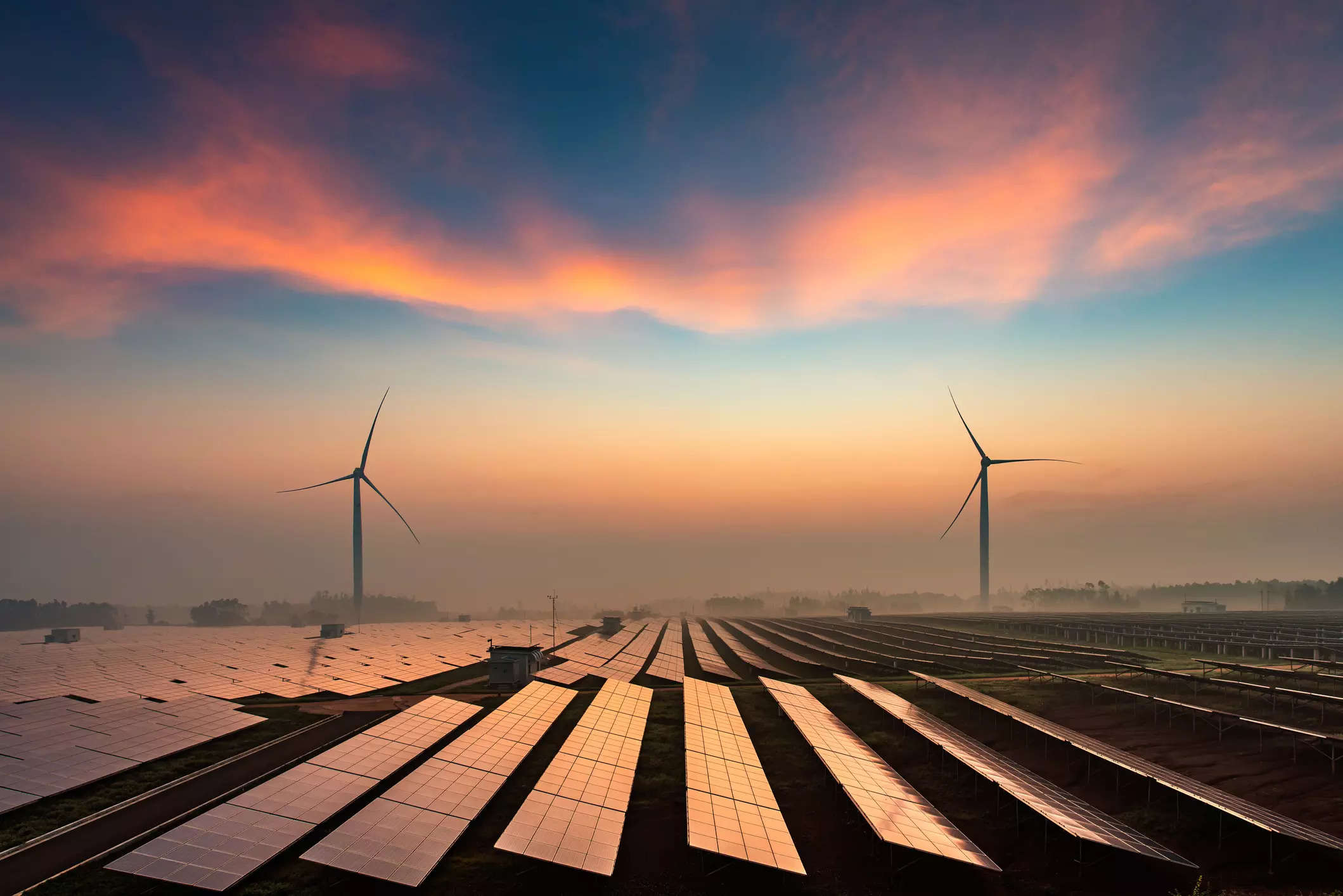
By Nora Buli and Markus Wacket
Norway and Germany on Thursday signed joint declarations to increase the production of renewable energy and develop green industry, as the NATO allies seek to cut their CO2 emissions and wean Germany from its reliance on Russian gas.
The declarations outlined steps for cooperation in the areas of hydrogen, battery technology and offshore wind, as well as carbon capture and storage, Norwegian Prime Minister Jonas Gahr Stoere and German Economy Minister Robert Habeck told reporters in Oslo.
“Times are challenging in Europe because of the war in Ukraine,” Stoere said.
“In the midst of the energy crisis, we see how important Norway is as a reliable supplier of gas to Europe, but we also see how crucial it is that we switch more quickly to more renewable energy.”
Earlier on Thursday, Norwegian state-controlled oil firm Equinor and German utility firm RWE said they planned to develop an industrial supply chain for the production and use of low-carbon hydrogen.
It would allow Germany to reduce its reliance on coal power and thus cut CO2 emissions, though the joint investments are contingent on a hydrogen pipeline connecting Norway and Germany being built.
That pipeline, if it goes ahead, could start delivering hydrogen from 2030, Habeck said, the year Germany plans to phase out coal at least in its western states.
The pipeline, currently being examined by Norwegian gas system operator Gassco and partners, was “a central issue for the cooperation” between Oslo and Berlin, Habeck added.
“We want to build gas-fired power plants that run on hydrogen. This hydrogen can and should be provided from Norway,” he said.
Separately, Equinor CEO Anders Opedal told Reuters the pipeline alone would cost 3 billion euros, while the cost of the overall hydrogen investments could amount to “tens of billions of euros”.
Norway has since last year overtaken Russia as Europe’s biggest gas supplier, with Equinor the top exporter, after Russia’s Gazprom cut off much of the gas on which Europe previously depended.
It plans to deliver around 122 billion cubic metres of natural gas in 2023, in line with last year’s level, and to maintain this volume for the next four or five years, Oil Minister Terje Aasland said separately on Thursday.
Norway currently provides some 40% of German gas imports, according to data from the German network regulator.
Germany is seeking to both make its economy more green and secure alternative sources of energy, away from Russian gas.
Under the agreements signed on Thursday, Norway and Germany would also work on developing underground storage of carbon dioxide. That technology is currently prohibited in Germany but Habeck said on Wednesday that Berlin is planning legislation next year that would facilitate this.
For Germany to meet its climate targets, there was no longer time to look for other alternatives, Habeck said. “It’s better to put the CO2 into the earth than into the atmosphere.”
Also Read:

